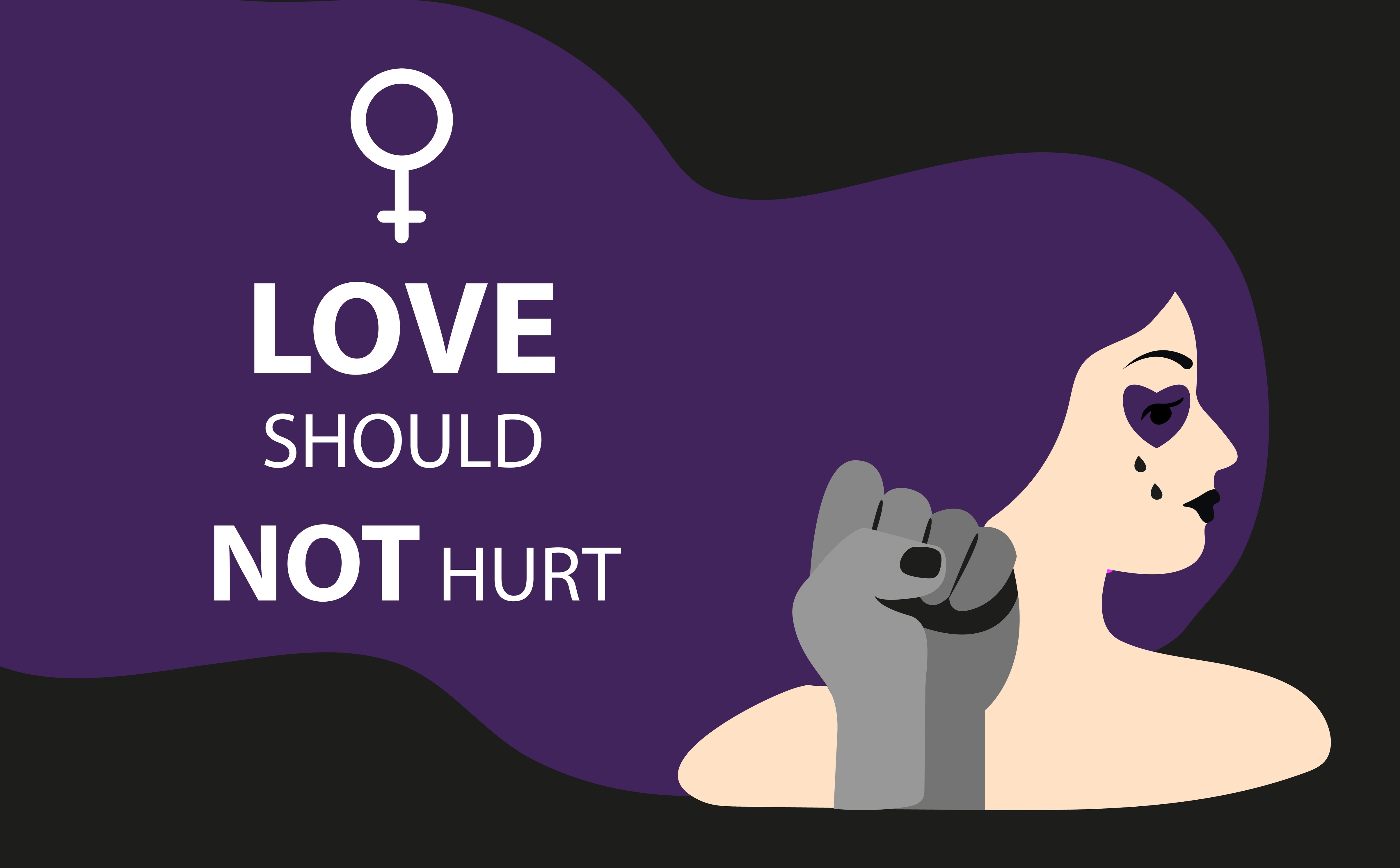Digital Gender Divide, a Pipeline Issue?
The female driving forces of the digital industry have been present in our minds for a long time now. The awareness is high, but the number of female digital leaders remains low.
World economy is being transformed by digital technologies. Although times are changing albeit slowly; women still encounter numerous challenges along the way, anchoring their mark in the digital sector. For its sixth edition of the WOMENTUM Digital Saloon, LEED Initiative sheds light on women in digital leadership, highlighting what it means to be a leader in the digital sphere.
It is worldwide accepted that digital technologies have expanded more rapidly than any innovation in our history. According to the United Nations, Digital technologies are reaching around 50% of the developing world’s population in only two decades and transforming societies. So, by improving connectivity, financial inclusion, and access to trade public services; technology can essentially be a great equalizer. Thus, digital technology presents an opportunity to narrow gender gaps by enhancing female leadership in the digital sphere.
On the contrary, women still remain further behind unconnected and cut off from the benefits of this new advanced technological era. They continue to be discriminated against in the labor market and society at large. As a matter of fact, the digital divide between the sexes is not just a technological issue; it is an economic, social, and cultural one that needs to be addressed through multilevel and holistic policies to address gender inequality at its deepest social and cultural roots.
The recent Female Founders Monitor 2020 figures show the gender split in founding teams of the Information and Communications Technology (ICT) industry. The latter is one-sided as 3.5% of founding teams are made up of only women, 14.2% are mixed teams and 82.6% are exclusively male teams. Thereby, founding teams are currently far from diverse as male teams dominate the IT and deep tech sectors, while companies founded by women focus more on online retail.
The Intrinsic Relationship between Digital transformation, COVID-19, and Women in Leadership Roles
Digitalization might be the key to more gender equality. In fact, the digital transformation is radically and permanently changing the world of work. These changes from New Work and Work 4.0 offer an opportunity for women to seize management roles in the digital economy and become digital leaders. It is especially the ability to work remotely and flexibly that opens horizons that were previously inaccessible for women. The inconvenience between long working hours and family life is one of the prime reasons why the door to the boardrooms remains closed to women in the ICT industry. The advent of corona has taught us that working from home can be very efficient as women can balance staying in their leadership positions as well as taking care of their families.
Furthermore, gender equity continues to be an issue in the entrepreneurial sector, particularly in STEM (science, technology, engineering, and math) focused entrepreneurship. According to 2018 study conducted by the European Union, the rate of self-employed working women is 9.6%, while men scored 16.9%. Researchers also found that women are less, if not significantly less, interested in entrepreneurial activities and engaging in the entrepreneurial process. A set of environmental and cultural constraints contribute to this imbalance such as lack of high-profile female-owned firms, gender stereotypes, and the higher level of difficulties that women face in accessing and obtaining resources to start a new business or building an effective entrepreneurial network. Thus, there is an acute need to highlight the importance of increasing the entrepreneurial intention of secondary school female students so they can become future leaders in the digital sphere.
While many academic institutions now train close to 50 % female students in STEM disciplines, there is a major underrepresentation of qualified women in leadership roles. Women are admitted to the basements of STEM institutions, but only few make it to the top floor. We see male superstars receiving well-deserved recognition and advancements. Unfortunately, their female counterparts are often held back or cut down by both male and female colleagues. Increasing reports of acts of discrimination reported by women in STEM fields are a symptom. Unilateral hierarchy is the root cause; however, increasing the number of women and underrepresented minorities at STEM institution is therefore not enough to address the underlying problem.
To conclude, in the current debate on more visibility for women, numerous examples of successful digital female leaders are being brought into the public eye and highlighted as inspiring positive role models. People need to be aware that women can make a real difference in the digital industry, and the young girls should be encouraged to pursue professions in the STEM fields.

























































































